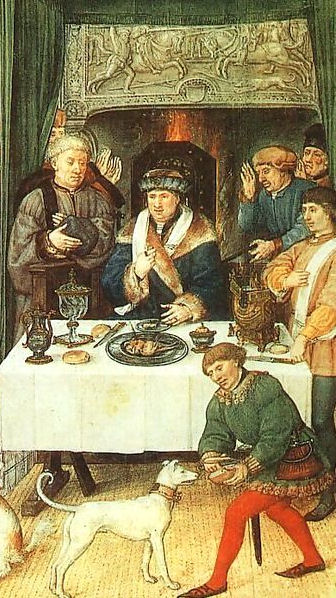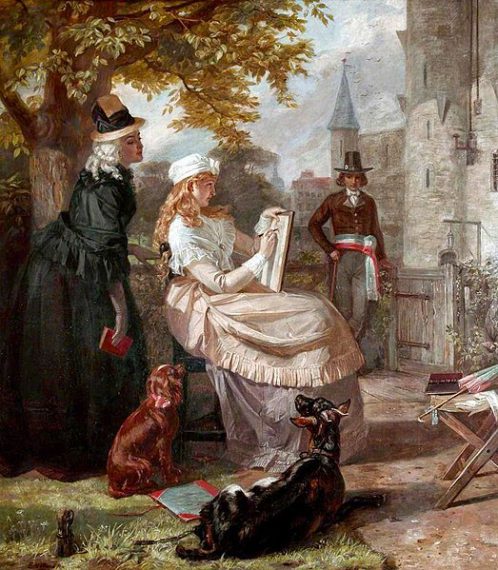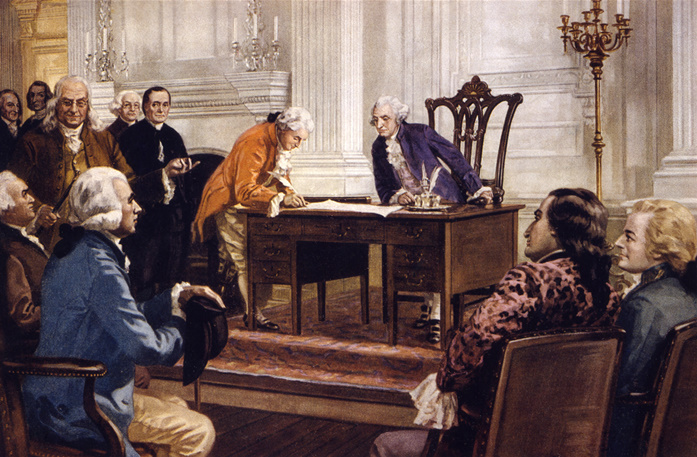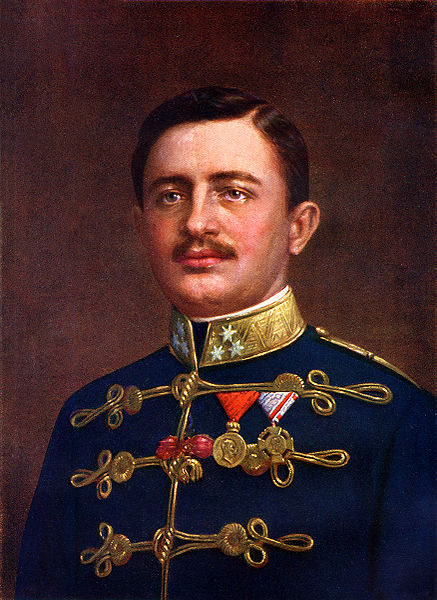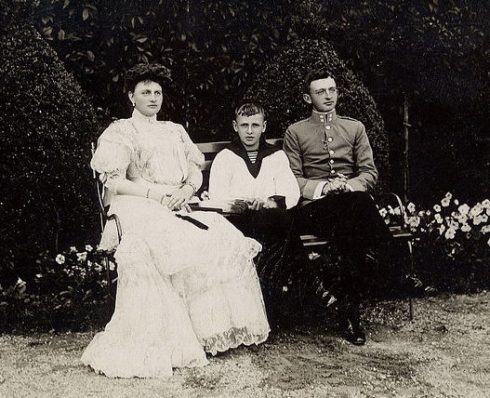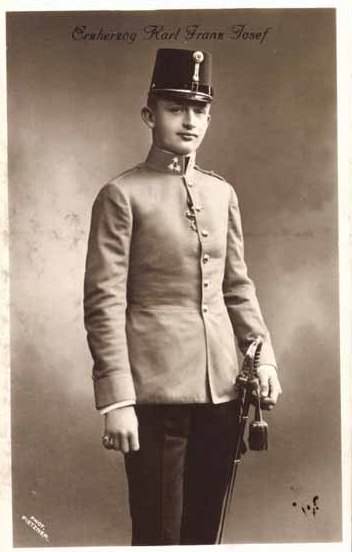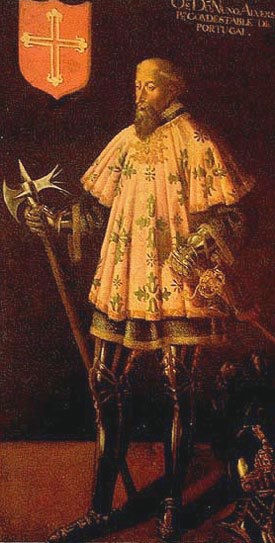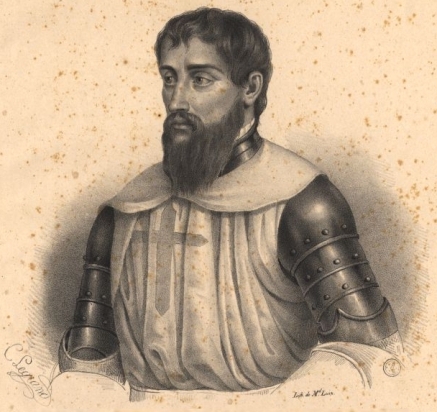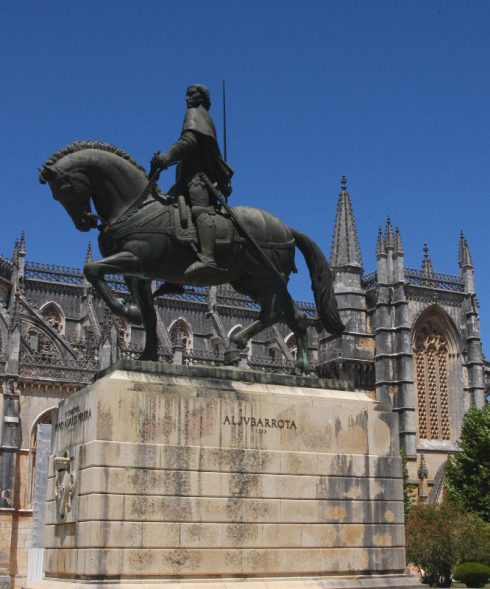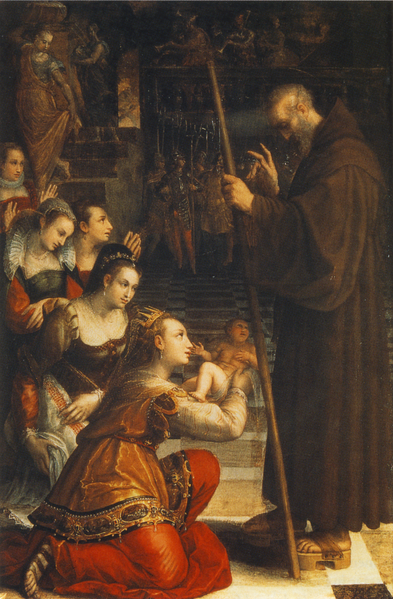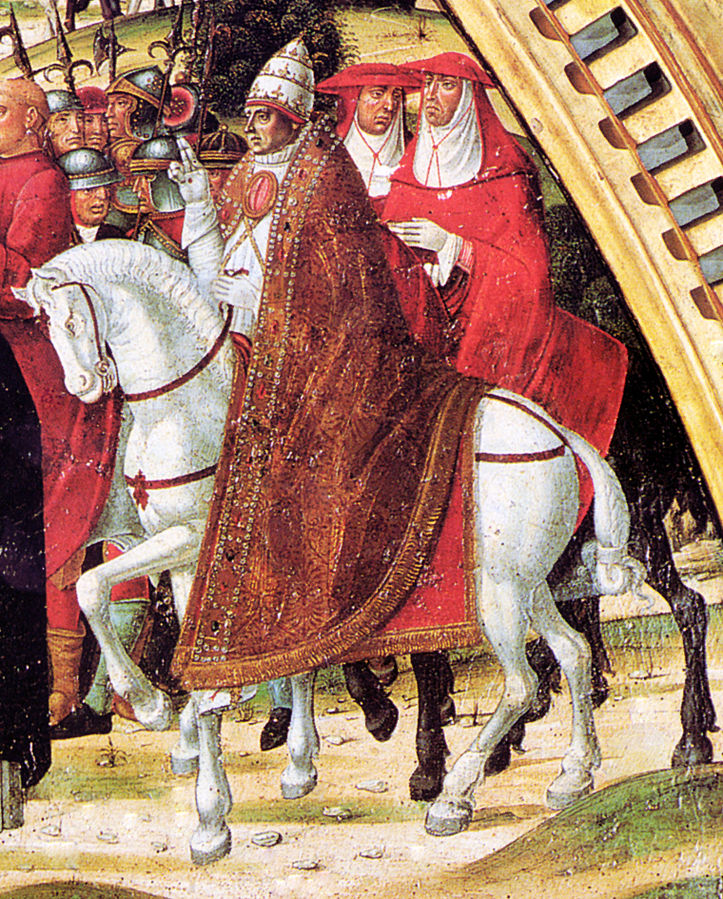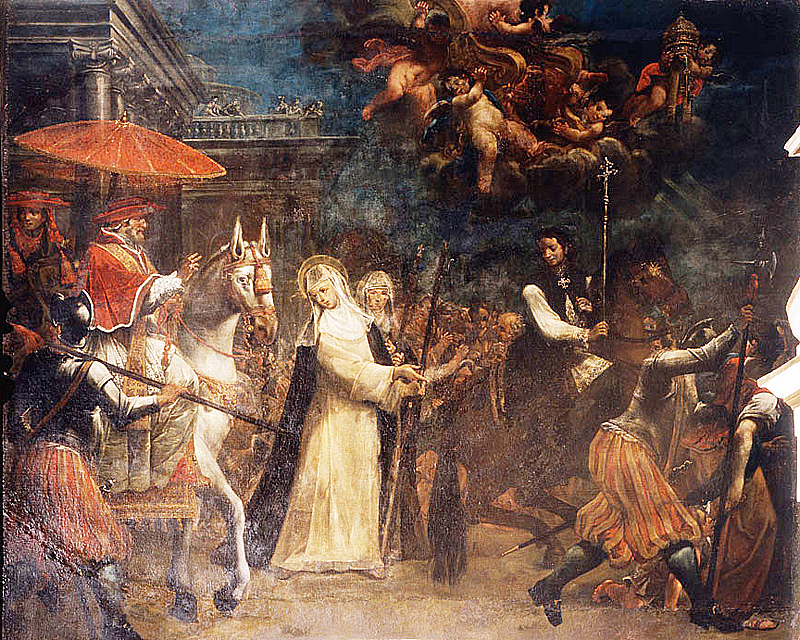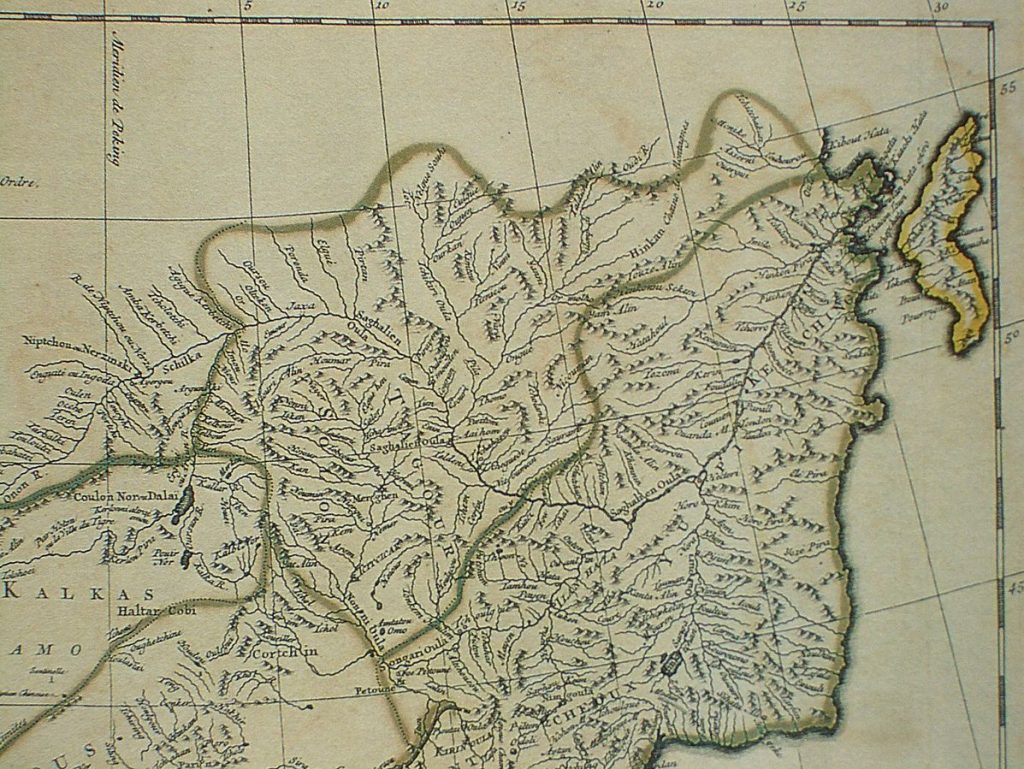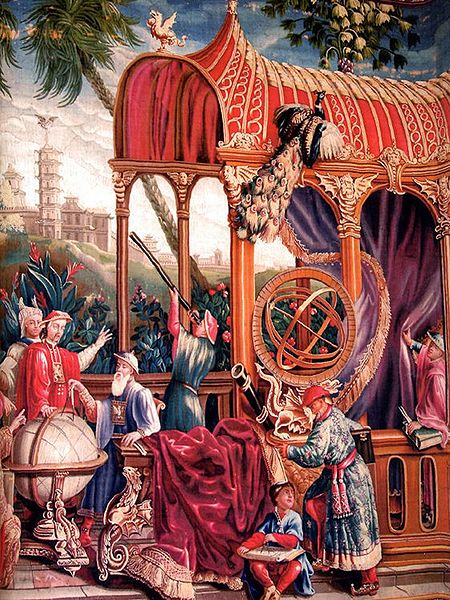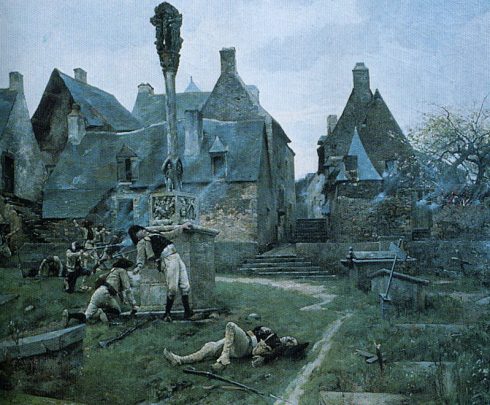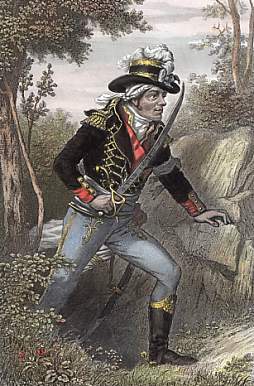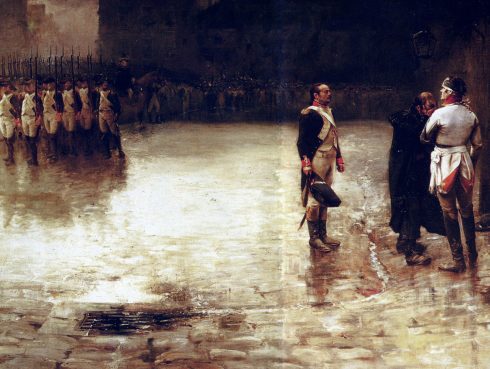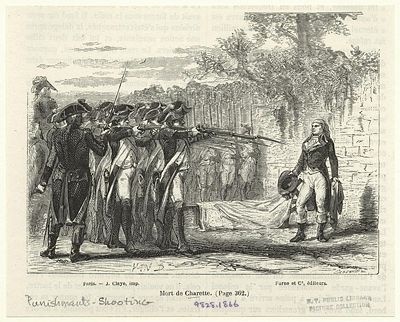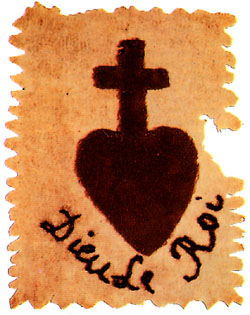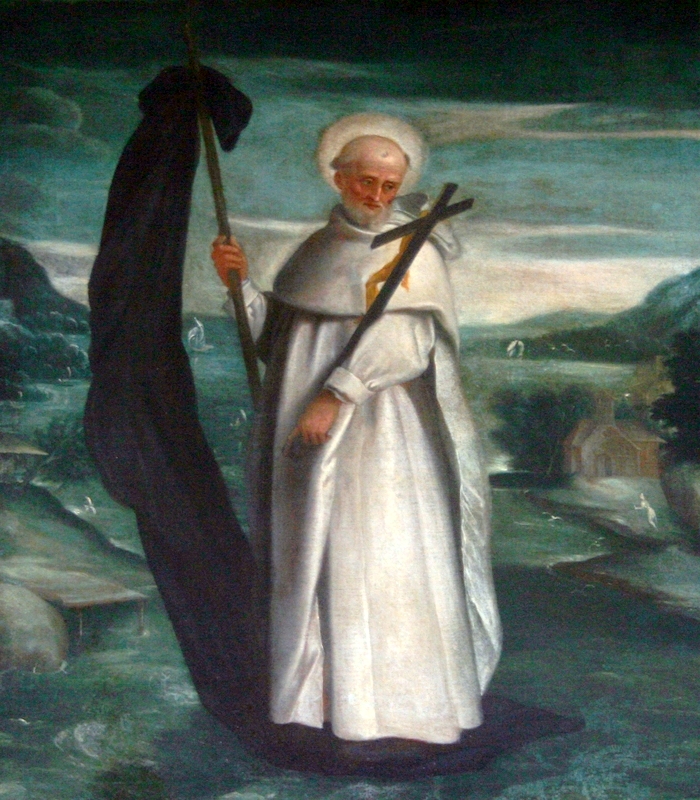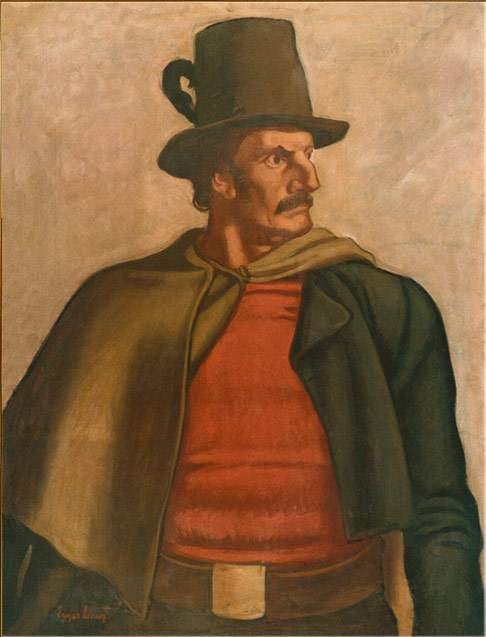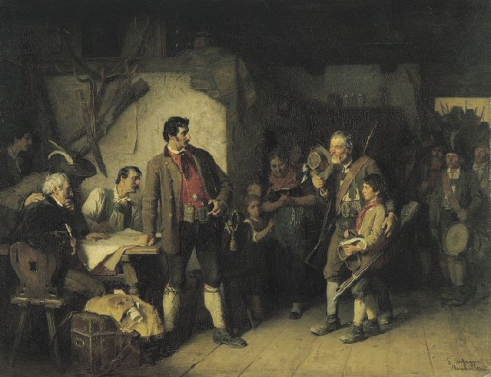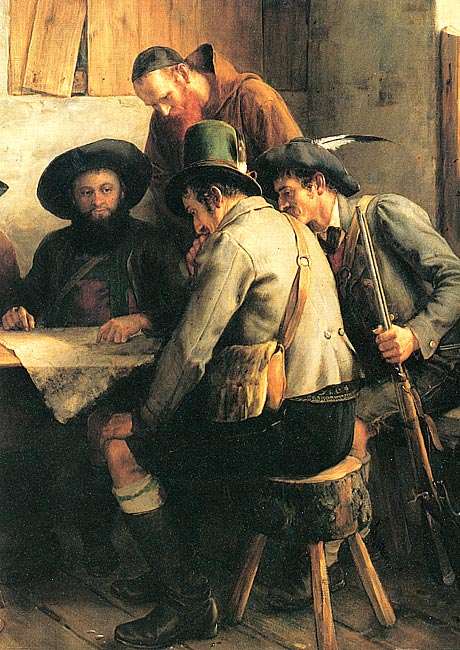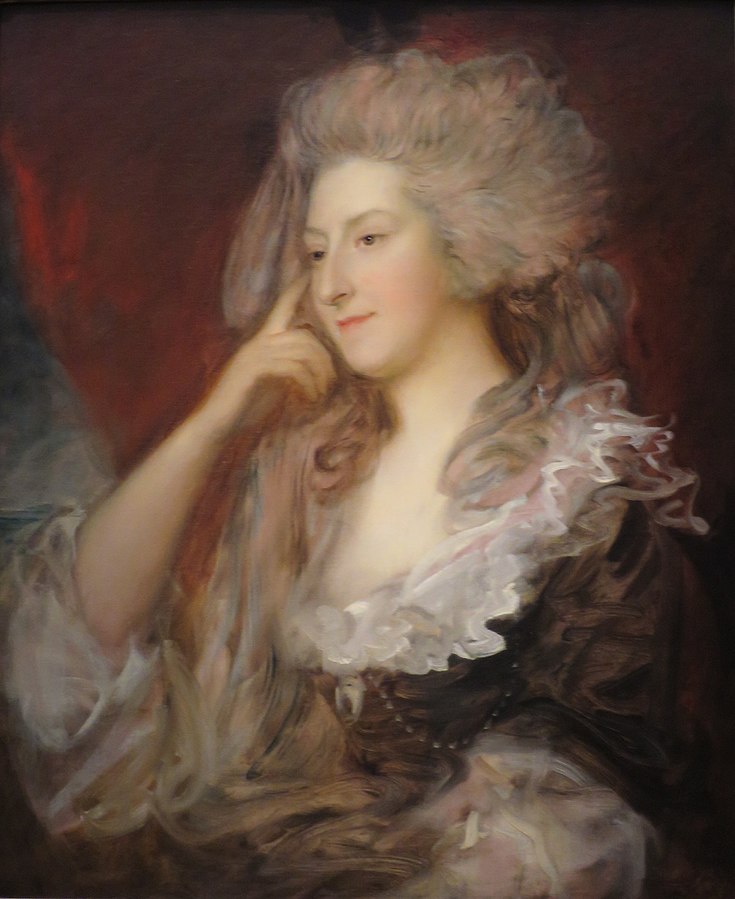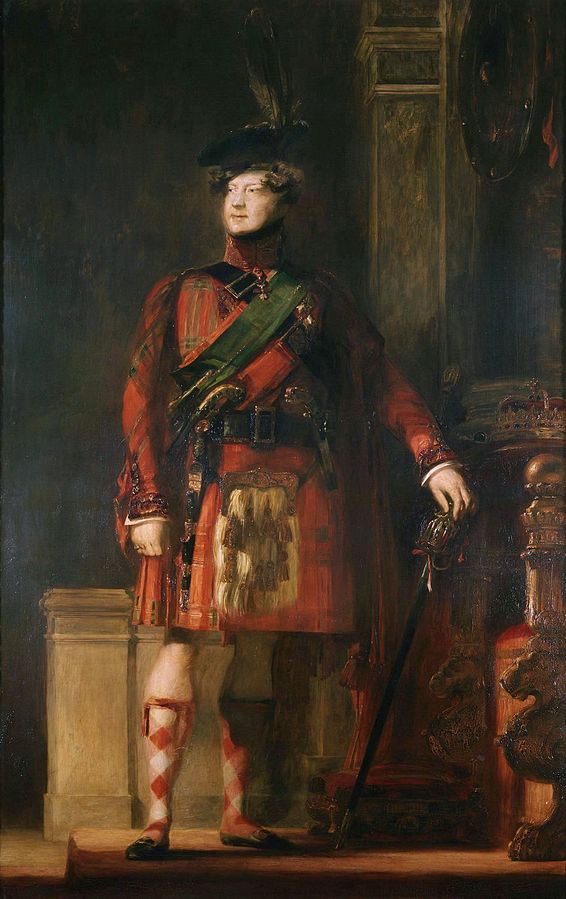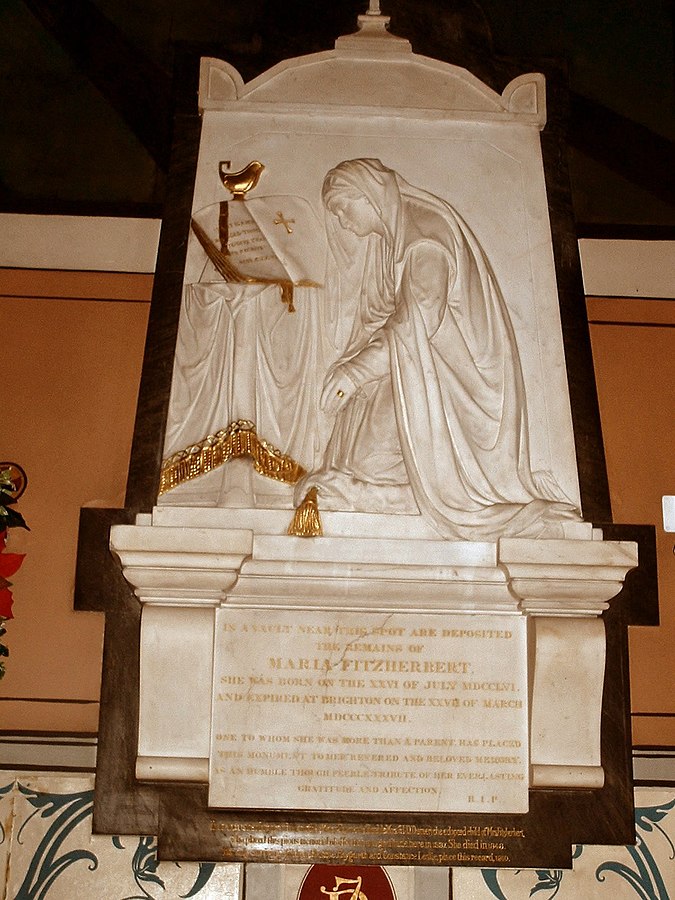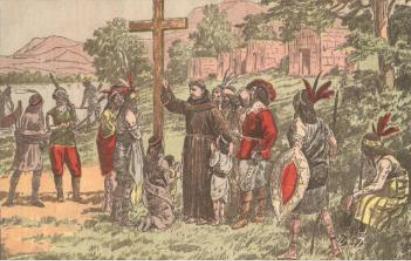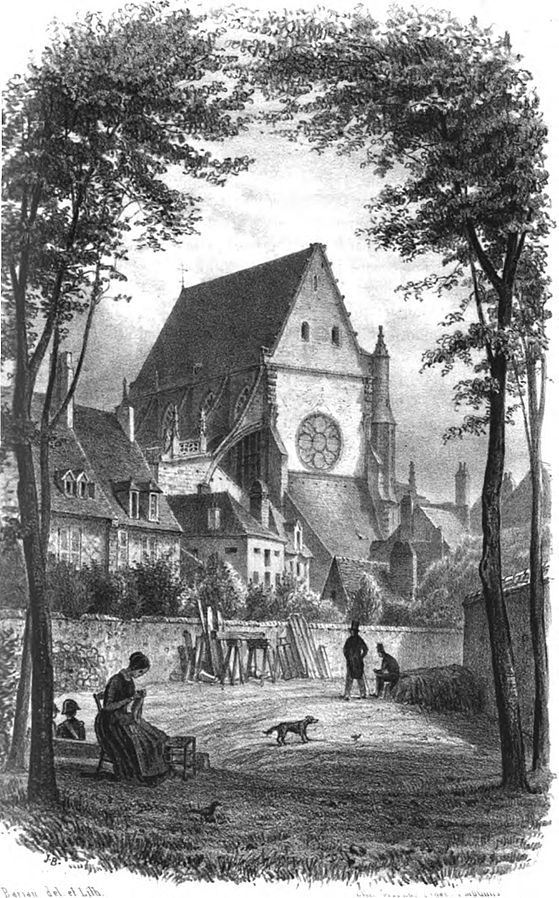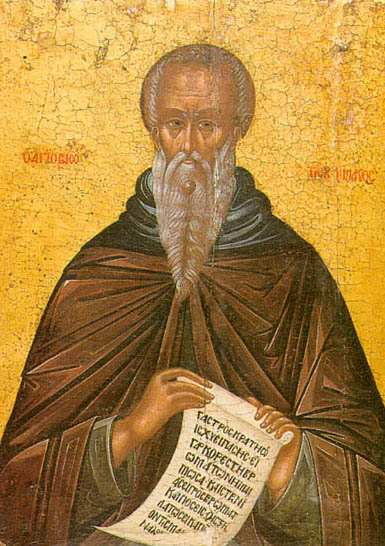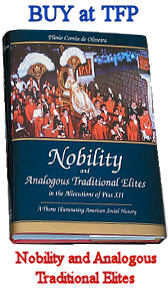People on the street in a city in our times. Photograph of group of everyday people who are waiting for permission to cross a street in Louisville, US. Groups like these ― people of both sexes of the most varied ages and social conditions, forming larger or smaller agglomerates, gather throughout the contemporary world to wait for traffic lights, for vehicles, or for an office to open. All in all, this is one of the most common aspects of daily life in our times.
Because of this, the photograph lends itself to a question: What is the moral atmosphere in this picture of which we ourselves are so frequently a part? Is there nonchalance, well-being, happiness? Is there, in a word, that which Talleyrand called the “douceur de vivre” (from the French, sweetness of living)?
The answer is strongly negative. One could say that each person carries inside himself a lead-colored horizon of heavy fog. No one pays attention to his neighbor or to anything else in front of him. Everyone ― even the children ― stares preoccupied at a point that hovers not so much in the air as in the minds of each one. The conditions of our contemporary world impose the problems of daily life ― uncertain, hard, difficult ― on each one. Because of this, the psychic attitude of almost everyone is that of one who is going to encounter problems. And, in effect, what is not a problem in our days?
Modern life is dismal and nerve-wracking. Its pleasures are disordered, frenetic, fatiguing, and fleeting. Those pleasures are, as a general rule, fleeting moments in an existence made up of a harsh struggle, constant preoccupation, and a tension we feel even while sleeping. Therefore, man seems to have never been so starved for pleasures. How is this explained?
What St. Bernard said about glory can also be said about happiness. He said that it is like a shadow. If we run after it, it flees from us; if we flee it, it runs after us. There is no true happiness apart from Our Lord Jesus Christ, that is, in the shadow of the Cross. The more a man is mortified the happier he is. The more he tries to procure pleasures, the more unhappy he is.
Thus, in the centuries of the apogee of Christian Civilization, man was happy, as in the Middle Ages. And the more he becomes “decatholicized,” so also the more unhappy he becomes.
From generation to generation, this deviation was accentuated. Men in the 19th century, for example, had less of the delicious “douceur de vivre” than men in the 18th century. However, 19th century men were still much richer in interior peace and well-being than the man of today!
Many of our readers will remember the abundance, the tranquility, the cordiality of relationships, and the amenity of life that characterized the Brazilian ambience only 20 years ago. But of the high prices, inflation, lines, and economic depression ― who wants to speak of this? And in the same way, the old-timers would say that around 1890 everything was better.
Banality, some reader will say. All old folks think that the times of their youth were better. And, because of this, the past always seems better that the present.
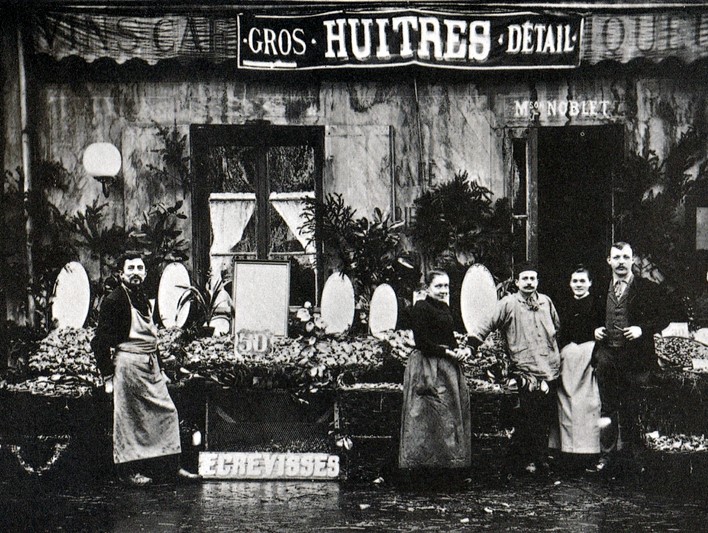 Without doubt this phenomenon exists. But what superficiality it is to reduce everything to this optical illusion.
Without doubt this phenomenon exists. But what superficiality it is to reduce everything to this optical illusion.
In this sense, the photograph carries a decisive answer for the elucidation of the matter. There are innumerable photographs of everyday people taken fifty years ago. The difference between their state of spirit and ours is shocking.
We take, from a voluminous collection, only one example. In Paris, around 1900, proprietors and waiters of a small restaurant that sells oysters, await the arrival of the first customers. All are calm, healthy, normal. The faces are unclouded. There aren’t problems to resolve except for the ones that a routine day carries. It deals with people habitually integrated in an ambience of work and family life ― people who do not dream of hallucinating grandeur or ecstatic pleasures or terrifying catastrophes, who do not drive 150 miles an hour through the highways, who do not stand in lines, who have neither fear of bankruptcy on the following day nor of an automobile accident in the next 15 minutes.
Temperance, sobriety, normality, peace, equilibrium ― inestimable values of soul that Neopaganism is eliminating from the face of the earth!
Ambience Customs & Civilization, “Catolicismo”, No. 29, May 1953
{ 0 comments }



